How Indian “Smartwatch” Brands Are Scamming You?
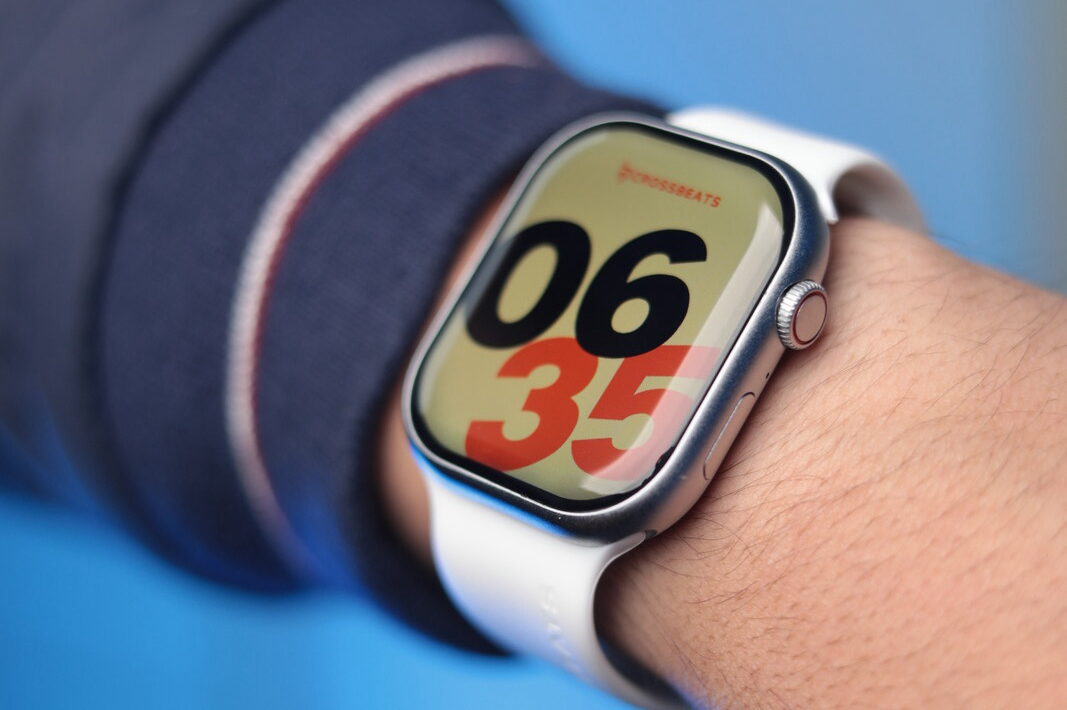
It’s no secret that smartwatches from Indian home-grown brands have witnessed a surge in popularity in recent years, thanks in part to their affordability and features. However, beneath the surface of these seemingly feature-rich devices lies a grim reality. Contrary to their claims, many of these smartwatches aren’t actually “smartwatches.” Instead, they are repackaged smart bands sourced from China, fitted with a larger display, and sold at a premium.
These companies not only deceive the everyday consumer who invests their hard-earned money, believing they are purchasing a genuine smartwatch, but they also engage in deceptive marketing practices that can only be described as outright lies. Let’s take a closer look.
What exactly is a smartwatch?
To put things into perspective, a smartwatch is a wearable device that resembles a traditional watch and performs functions similar to a smartphone, such as making phone calls, tracking your steps, or browsing the web.
However, perhaps the most critical differentiating factor of a genuine smartwatch is its software. Unfortunately, understanding the intricacies of the software on these devices isn’t as straightforward as with Android or iOS. Therefore, to gain a better understanding let’s categorize them into four types:
1. WearOS
In the Android space, Google offers its own operating platform for these devices called WearOS. This platform not only grants access to Google services like Gmail, Google Play Store, and Google Assistant but also facilitates features such as Wi-Fi, Bluetooth, NFC, and LTE. As a result, any Android watch running on WearOS is the only one deserving of being labeled an Android “smartwatch.”
2. WatchOS
On the other hand, WatchOS is Apple’s proprietary operating system, running on Apple Watches. It offers almost the same features as WearOS, along with some Apple-specific services such as Siri.
3. FreeRTOS
FreeRTOS, as the name suggests, is a free smartwatch operating system that eliminates much of the clutter found in WearOS. Additionally, it gives brands the control to choose features, making it a preferred choice for fitness brands like Amazfit and Fitbit, which can incorporate all the necessary health tracking features while also providing a week-long battery life. However, unlike WearOS, FreeRTOS does not support third-party app installations.
4. Other Proprietary OS
Most Indian smartwatch brands offer their own operating systems, which lack basic features and even struggle with day-to-day use.
Rise of Smart bands
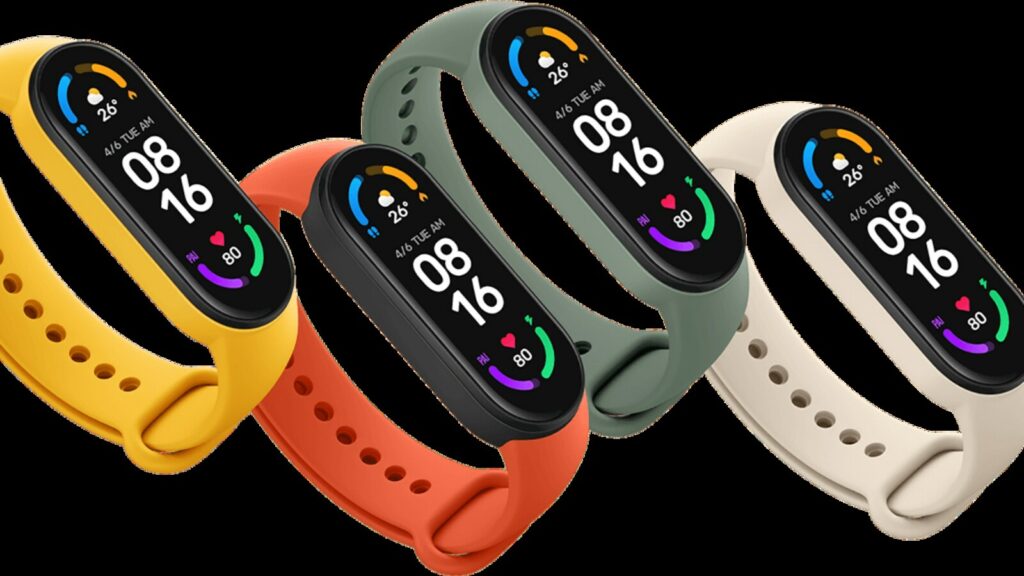
The concept of smart bands was well-established in the Western market, where they were regarded as health-tracking tools. However, in markets like India, brands like Xiaomi positioned them as affordable replacements for smartwatches, offering a similar experience and health-tracking features without breaking the bank.
This made Xiaomi the number 1 wearable brand in India and prompted other brands to replicate the same formula, flooding the market with smart bands from brands like Noise. While lacking ecosystems and accurate health tracking features, these brands managed to carve a niche for themselves by undercutting Xiaomi.
What are Indian “smartwatch” Brands doing now?
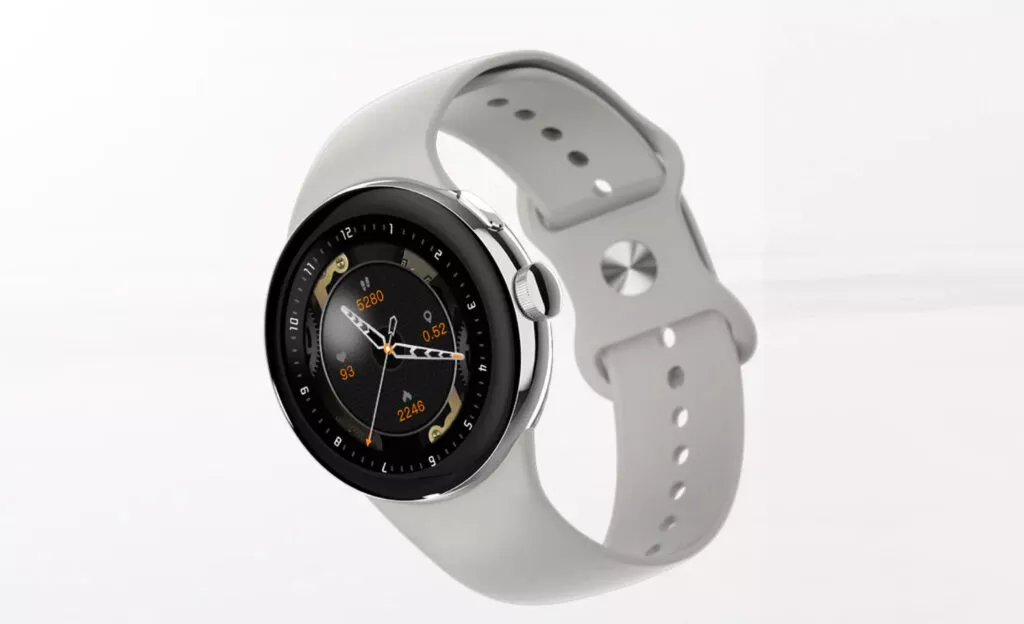
After spending some time in the Indian market, brands like Noise and Boat realized that most Indian consumers did not prioritize the health features of a smart band. Instead, they desired a budget-friendly smartwatch with a large display. This realization led to a confusing market scenario. To meet the demand, these brands repackaged smart band internals into a larger display and called it a day.
This formula was an instant hit, with almost every Indian home-grown brand adopting the same approach. The result? Indian brands, including Fire Boltt and Noise, are currently among the top 5 smartwatch makers globally.
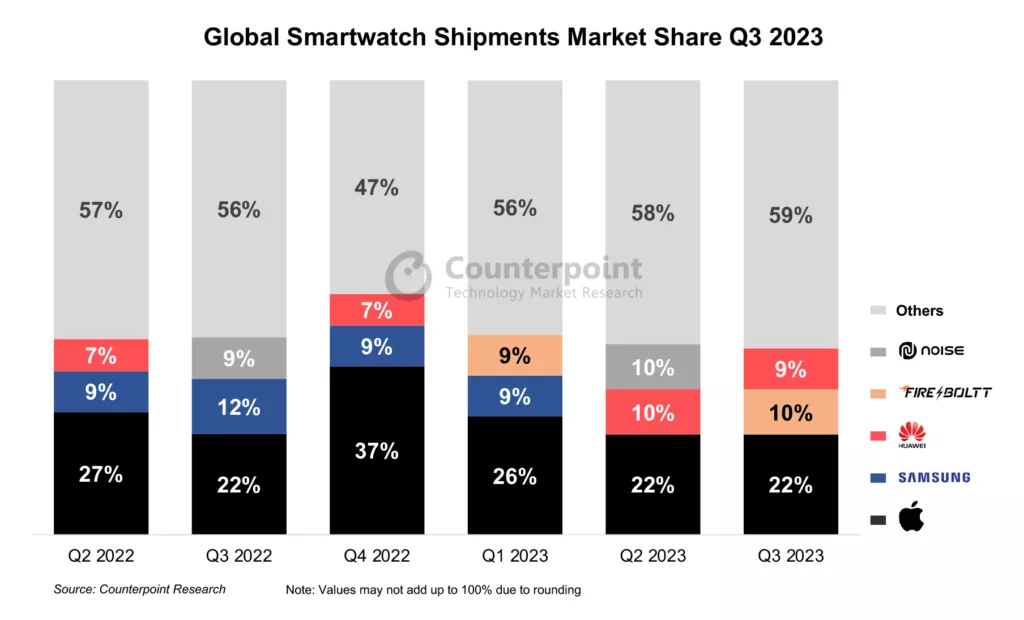
But you may question, are Indian brands doing wrong by catering to the demand? The answer is no. There is nothing wrong with repackaging a smart band into a smartwatch. What is wrong is misleading marketing tactics and plain lies.
Lies and Deception
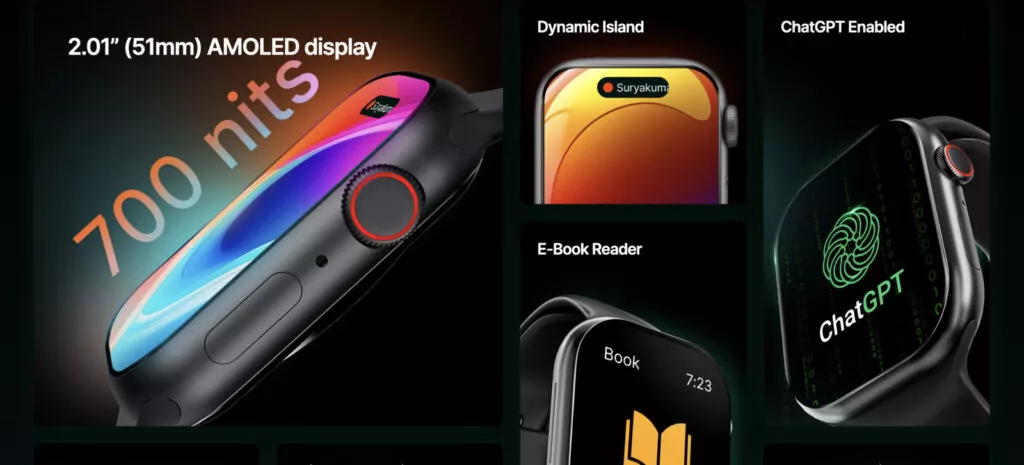
To put things into perspective, let’s examine the recently launched CrossBeats Nexus smartwatch, which includes features like a 700-nit AMOLED display and ChatGPT. Despite the allure of these features at a 5,000 INR price point, the reality behind the claims paints a different picture.
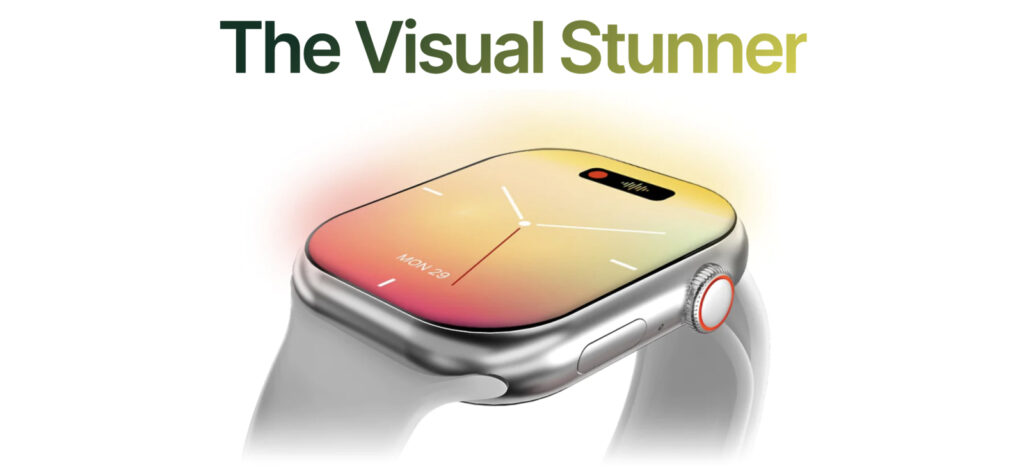
The company’s deception begins right from the outset. Looking at the marketing images, the first encounter for any potential buyer reveals a misleading portrayal. The smartwatch appears to have bezel-free edges, as depicted in the promotional photo.

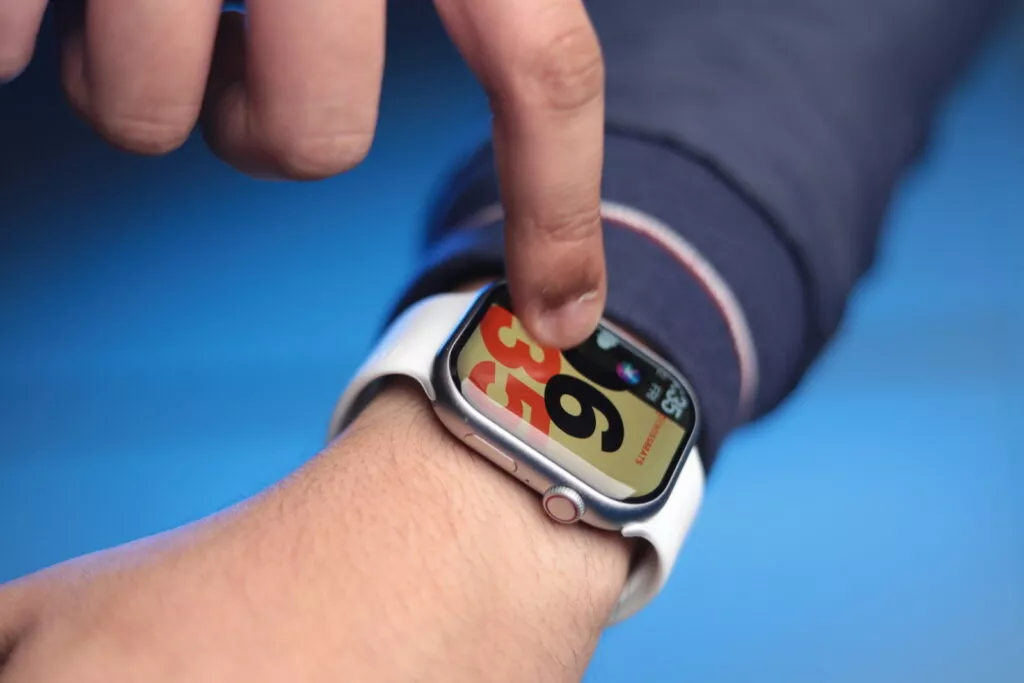
Unfortunately, these promotional images are a lie. In reality, the watch does have bezels, though they are still slimmer compared to many competitors. And while almost every brand puts in efforts to make their products appealing in the promotional images, what other brands don’t do is lie.
Fake features and inconsistent health tracking
As mentioned earlier, the watch claims to have a 700-nit AMOLED display. However, our research highlights that the device actually incorporates an IPS display and falls far short of the advertised 700 nits. Regarding the ChatGPT feature, its functionality becomes redundant due to the considerable 10-20 seconds it takes to process each query.
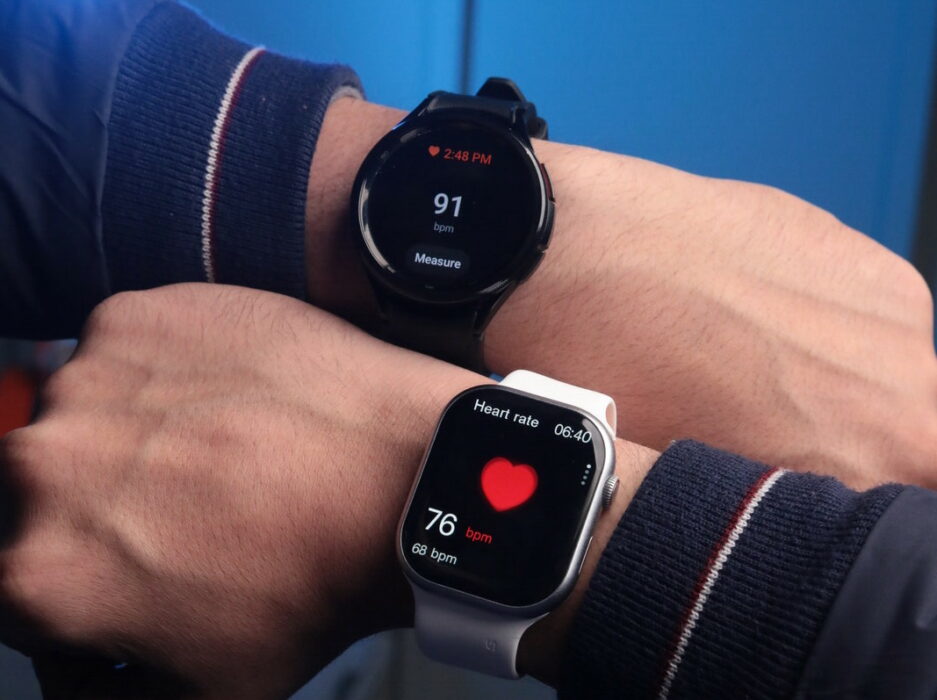
However, perhaps the biggest lie of them all is the health features, and CrossBeats isn’t the only one. In our evaluation of the Nexus watch, the fact that it registered heart rates from a shoe and foil packaging was surprising, to say the least. When compared to the Galaxy Watch 6, the Nexus watch matched the readings in only about 10% of scenarios.

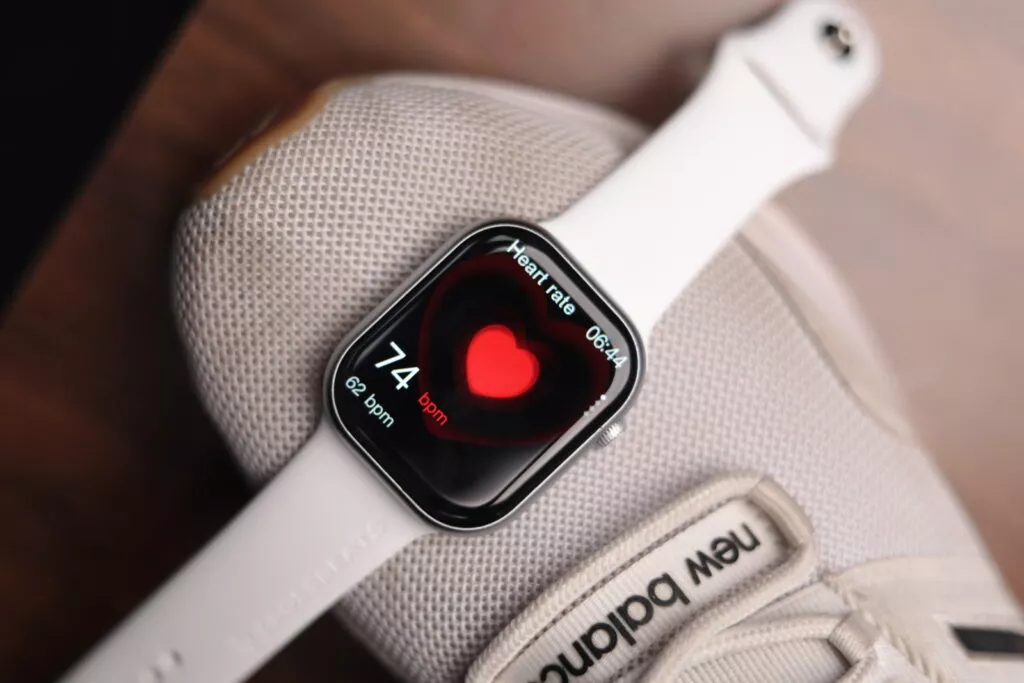
Finally, our Nexus unit exhibited a bug that caused the watch to play any sound from the phone when connected. This inconvenience meant we had to disconnect the watch to enjoy any content, thus significantly impacting the overall user experience.
What about other brands?
You might believe that CrossBeats represents an extreme case and that other smartwatch brands are more reliable. However, the reality is quite the opposite. Surprisingly, CrossBeats Nexus stands out as one of the better examples, especially when compared to brands like Fire-Boltt, which have taken deception to extreme levels.

Last year, YouTuber Gyan Therapy exposed the dubious marketing practices of Fire-Boltt in a video, revealing instances where the company delivered a watch significantly different from what was showcased on its product page. Moreover, the company’s replacement policy has left much to be desired. This is because if you receive a damaged or defective product and opt for a return, Fire-Boltt will send you any watch they have in stock rather than the specific one you ordered.
How to buy a smartwatch?
Given this landscape, purchasing a smartwatch in India has become a challenging task. If you are going with Indian brands like Noise, be careful because even their high-end offerings do not advertise the right features. For example, if a watch claims to support physical SIM or e-SIM installation, ensure it has the SIM cloning feature, or you will need to acquire a new SIM for the watch.
Moreover, you should never trust the marketing images or specifications provided by these watches. Sponsored videos, too, may not always offer an unbiased perspective. As a result, we strongly advise conducting independent research before investing any amount of money in products from such brands.
Recommendations: What to buy?
Unfortunately, much of the competition in the Indian smartwatch market has vanished in recent years, with brands like Fire-Boltt dominating the landscape. However, if you’re on the lookout for a smartwatch under 5,000 INR, consider turning to reliable brands like Amazfit and Redmi, which provide a great experience without deceptive practices.
On the other hand, if your budget allows for spending upwards of 10,000 INR, look no further than the Samsung Galaxy Watch 4, which regularly runs below 8,000 and includes all the features of a smartwatch.






